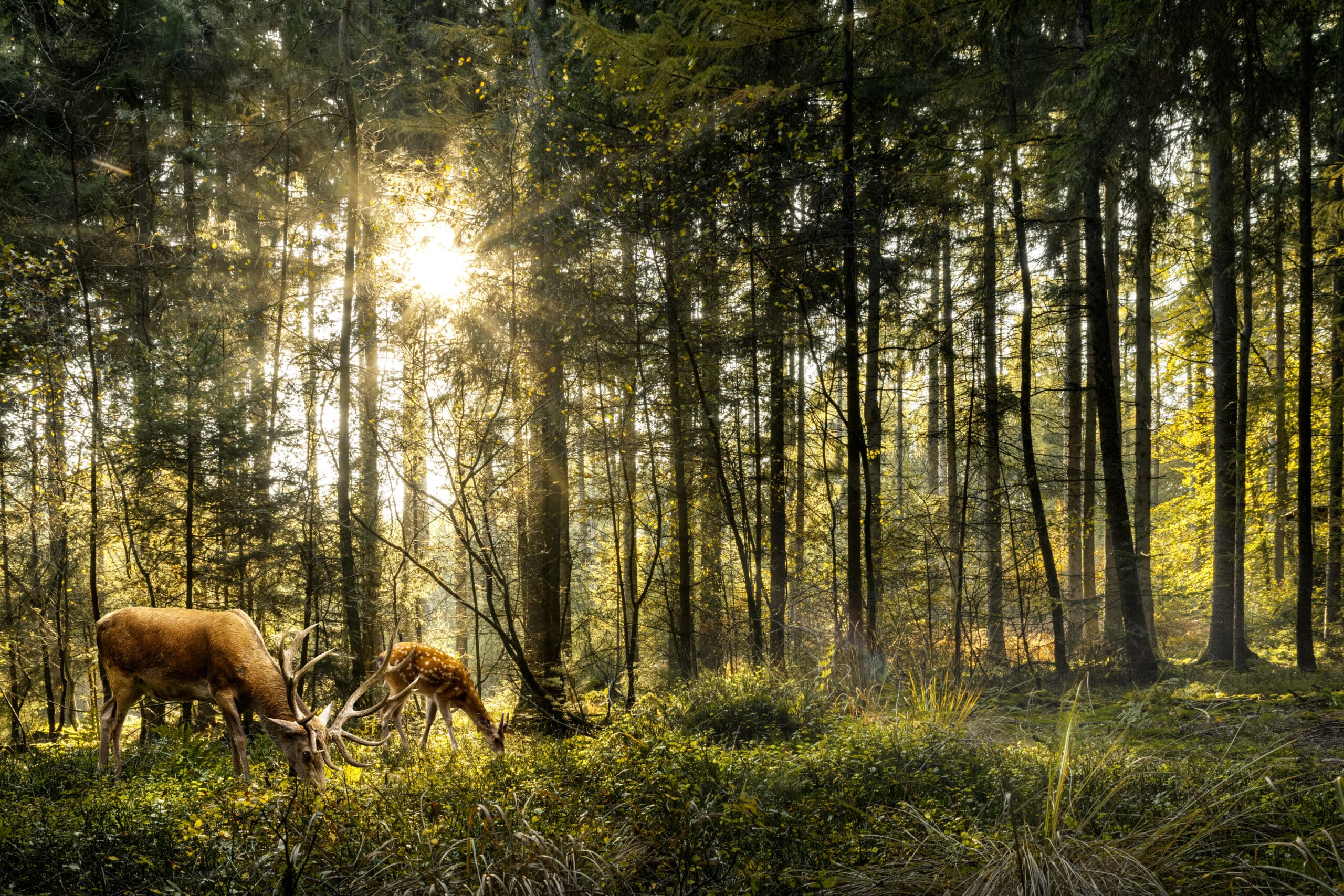Pike Fishing: Tips for Canadian Lakes
Pike Fishing: Tips for Canadian Lakes
Hey everyone! Ready for an outdoor adventure? Today, we’re diving into a topic that excites every angler: pike fishing in the majestic Canadian lakes. Whether you’re a curious beginner or an experienced fisherman looking for new techniques, this guide is for you. Grab your rods and lures—let’s get started!
Why Target Canadian Pike?
Pike, the fierce predator and iconic fish of Canadian waters, offers an exciting challenge for anglers. It’s prized for its impressive size, powerful fights, and spectacular surface strikes. Canada’s lakes are teeming with these fish, giving you incredible opportunities to catch a 20-pound “monster” or even bigger!
Essential Gear for Pike Fishing
1. The Right Rod and Reel
- Rod: Opt for a sturdy 6 to 8-foot rod with moderate to fast action. This gives you excellent control for casting heavy lures and setting the hook effectively.
- Reel: A quality spinning or baitcasting reel is a must. Choose one with good line capacity to handle the powerful runs of a pike.
2. Durable Fishing Line
Pike have sharp teeth, so use braided line between 30 and 50 lbs or a heavy-duty monofilament. Don’t forget a fluorocarbon or steel leader to prevent bite-offs.
3. Must-Have Lures
These lures are proven to attract pike:
- Spoon lures: Their flashy, wobbling action is irresistible.
- Crankbaits: Perfect for mimicking natural prey.
- Spinnerbaits: Great for fishing in weedy areas.
- Jerkbaits: Ideal for provoking aggressive strikes.
Pro tip: Use bright colors like yellow, orange, or chartreuse, especially in murky waters.
Best Techniques to Catch Big Pike
1. Surface Fishing
Pike love striking on the surface. Use floating lures like poppers or frogs. This method is not only effective but also thrilling to watch!
2. Target Transition Areas
Look for spots where shallow waters meet deeper zones. These areas often hold pike lying in ambush.
3. Slow Down in Cold Weather
In fall or early spring, when the water is cold, slow down your retrieve. Pike are less aggressive but still active.
4. “Jerk and Pause” Technique
With a jerkbait, make erratic twitches followed by pauses. This mimics an injured prey, which pike find irresistible.
Top Canadian Lakes for Pike Fishing
1. Lake of the Woods (Ontario/Manitoba)
Renowned for its abundant population of trophy pike. Focus on shallow bays for the best action.
2. Lake Winnipeg (Manitoba)
A paradise for pike anglers. Explore the reed beds and bays for great opportunities.
3. Lake Athabasca (Saskatchewan/Alberta)
This stunning lake is home to record-breaking pike.
Tips to Maximize Your Success
1. Adapt Your Technique to the Season
- Spring: Fish in shallow areas where pike spawn.
- Summer: Look for cooler, deeper waters.
- Fall: Focus on transition zones where pike actively hunt.
2. Stay Quiet
Pike can be wary. Avoid making too much noise, especially in shallow water.
3. Fish at the Right Time
The best times to fish are early morning and late afternoon, when pike are most active.
Conservation Matters: Catch and Release
While catching a record-breaking pike is thrilling, consider practicing catch and release to preserve the population. Use barbless hooks and handle the fish gently to ensure their survival. This way, future anglers can enjoy the same incredible experience.
Final Words of Encouragement
Pike fishing in Canadian lakes isn’t just an activity—it’s an adventure! Every trip is a chance to test your skills, reconnect with nature, and create lasting memories with friends and family.
For the best fishing gear to enhance your experience, check out Coureur des Bois—their selection is perfect for passionate anglers like you.
FAQ: Frequently Asked Questions
1. What’s the best season for pike fishing in Canada?
Spring and fall are the most productive seasons, as pike are more active and easier to locate.
2. What are the most effective lures for pike?
Spoon lures, crankbaits, and spinnerbaits are classics. Jerkbaits work well for targeting aggressive pike.
3. Do I need a leader for pike fishing?
Yes! A steel or fluorocarbon leader is essential to prevent pike from cutting your line with their sharp teeth.
4. What are the best spots to fish for pike in Canada?
Top locations include Lake of the Woods, Lake Winnipeg, and Lake Athabasca.
5. How should I safely handle a pike?
Use pliers to remove the hook and hold the pike by the head or under the jaw. Wear gloves to avoid cuts from their sharp teeth.
Thank you for taking the time to read this blog!
Join us on Facebook and Instagram, where we regularly share content and promotions!
For any questions, contact us at info@boutiquecoureurdesbois.ca.
Visit our online store to explore all our products.


